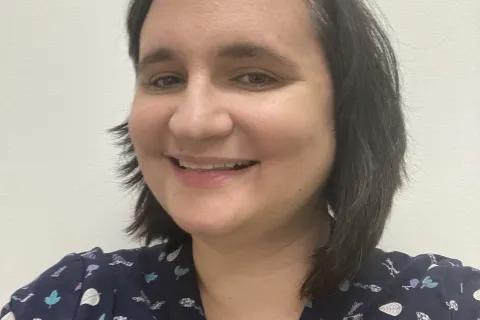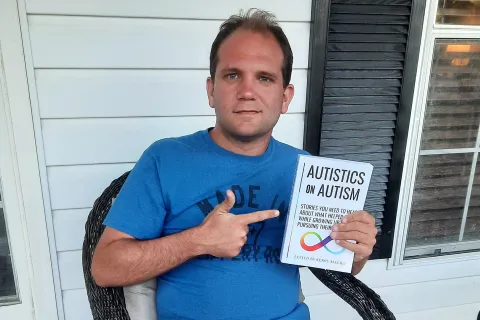Anxiety disorders and autism
How common are anxiety disorders?
By Rob Ring, PhDThis week's "Got Questions" answer comes from Rob Ring, PhD, former Vice President of Translational Research.
How common are anxiety disorders?
Without question, anxiety is a real and serious problem for many people on the autism spectrum. We hear this from parents, teachers and doctors, as well as from adolescents and adults with autism spectrum disorder (ASD). This disabling anxiety can take the form of one or more disorders, including panic disorder and phobias. A recent review of scientific studies on autism and anxiety revealed that we have no clear gauge of how commonly anxiety disorders overlap with autism. A few small, relatively short term studies have produced starkly different results: from 11 percent to 84 percent. (For comparison, the prevalence of anxiety disorders among the general population is about 18 percent.) A reliable estimate will require a study that tracks many more individuals with autism over longer periods of time and that considers the distinctive way that anxiety oftentimes expresses itself in those affected by ASD.
Fortunately, Autism Speaks is funding the Autism Treatment Network, which collects systematic data on a wide range of medical conditions, including anxiety disorders, in children with ASD. This data will help us better understand the proportion of people with ASD who are suffering from anxiety symptoms. Meanwhile preliminary studies have provided insights. They suggest, for example, that adolescents with autism may be particularly prone to anxiety disorders, while younger children on the spectrum may not differ at all from the average population. Some studies likewise suggest that high-functioning individuals on the spectrum experience higher rates of anxiety disorders than do lower-functioning individuals. Still we must emphasize that these results are preliminary.
We don’t know nearly as much as we should about how anxiety disorders affect those with autism. A recent review of studies found that behavioral interventions can help many children and adolescents with autism who also struggle with anxiety. Along these lines, some studies suggest that cognitive behavioral therapy can be particularly helpful for lower-support adolescents and adults with autism and anxiety. We will explore behavioral interventions further in a future "Got Questions?" blog. My own expertise is in the medical treatment of anxiety in persons with ASD.
Currently, we have no medications approved by the Food and Drug Administration (FDA) expressly for the treatment of anxiety in children, adolescents or adults with autism. Some classes of drugs commonly prescribed for treating anxiety disorders in the general population likewise help some of those on the autism spectrum. These include the selective serotonin reuptake inhibitors (SSRIs) such as Prozac. For those with autism, anxiety drugs are best used in combination with behavioral interventions. Among high-functioning individuals, they may be particularly effective when combined with cognitive behavioral therapy.
However, some doctors report that anti-anxiety medications seem to be less effective overall in people with autism spectrum disorder than they are in the general population. This observation needs to be verified with controlled research. It suggests the possibility that the biological root of anxiety in those with autism may differ from the “norm” and, as a result, may respond best to different treatments.
At Autism Speaks, we are actively supporting research into anxiety disorders and other medical conditions frequently associated with autism. This includes both basic research on the underlying biology of autism and the safe development of drugs that can relieve disabling symptoms and improve quality of life. If you are considering anti-anxiety medication for a child with autism, our Medication Decision Aid Tool Kit can help you work with your child’s physician to sort through the pros and cons in the context of your values and goals for your child.









